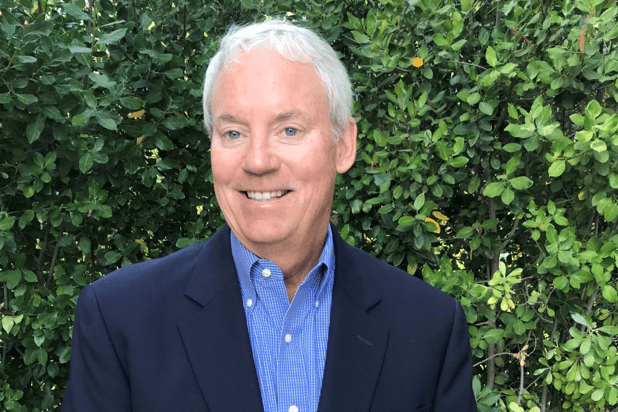

Bridging the gaps when it comes to miscellaneous liability is no easy task. It takes a holistic understanding of the nature of specific professional services, so coverage can be tailored to each unique risk profile.
Read more: Can you fill market gaps with E&S solutions?
Tokio Marine HCC – Cyber & Professional Lines Group, a member of the Tokio Marine HCC group of companies based in Houston, Texas, has developed specialized and innovative products in the professional liability space for various industries. The organization has spent the past two years developing coverage for scientists working in a range of fields including archaeologists, anthropologists, environmental and earth scientists, chemists and more.
“Many of these professionals need coverage when performing scientific studies, research and field studies,” Jim Bechter (pictured), senior vice president at Tokio Marine HCC – Cyber & Professional Lines Group told Insurance Business at WSIA in San Diego.
The product has been designed for smaller firms, with minimum premiums and limits offered up to $2 million per claim. “Generally, we exclude medical- and pharmaceutical-related exposures and product-oriented endeavors as they are not part of our current underwriting appetite,” added Bechter.
“In the past, we would write scientists on a miscellaneous professional liability policy that didn’t completely address their responsibilities,” he explained. “We have now created a scientist-related policy form on a surplus line basis for various scientific disciplines to provide better coverage for these classes of risk along with a dedicated scientists application.”
In developing their Scientists Professional Liability policy form, Tokio Marine HCC – Cyber & Professional Lines Group, appeals to a variety of scientific disciplines to provide comprehensive coverage to anyone that could be affiliated within a particular field.
“We did this because we wanted to ensure adequate coverage for firms with diversified exposures, such as ones that may have both scientists and engineers on staff,” he said.
Bechter mentioned that there are two components to TMHCC’s policy form: professional liability and an optional pollution liability coverage arising from professional services. This provides coverage in the event there is any allegation of releasing a pollutant into the environment because of their science-related services.
“This program is growing and is something wholesale brokers have great interest in because few players in the industry write a dedicated scientist professional liability policy,” he noted. “It provides them with the opportunity to bring new, unique products to their producers.”
PhDs and professors at universities might also be good candidates for this coverage given that many of them are also acting as consultants to different industries and the government. A niche product like scientist liability, can be a great option for educators with a science discipline.
“We’re working with wholesale brokers that have surplus lines licenses and access to a large number of retail brokers across the country. We’re going to continue to let wholesalers know about the program along with an array of other coverages we provide as a specialty underwriter,” Bechter emphasized.
Brokers now have the opportunity to address exposures that go beyond the scope of a general liability policy. Clients are looking for comprehensive coverage options that not only addresses bodily injury and property damage, but also economic loss.
“Whether it be in research or experimentation, each submission is unique and involved with different facets of the economy,” said Bechter.
The main challenge with any unique coverage is awareness. There is a long list of exposures that professionals in the scientific field can easily overlook without the right underwriting experts to educate and advise about their risk profile. Therefore, it’s important to work with an underwriting team that has the technical expertise to underwrite a policy that addresses these specific risks.
